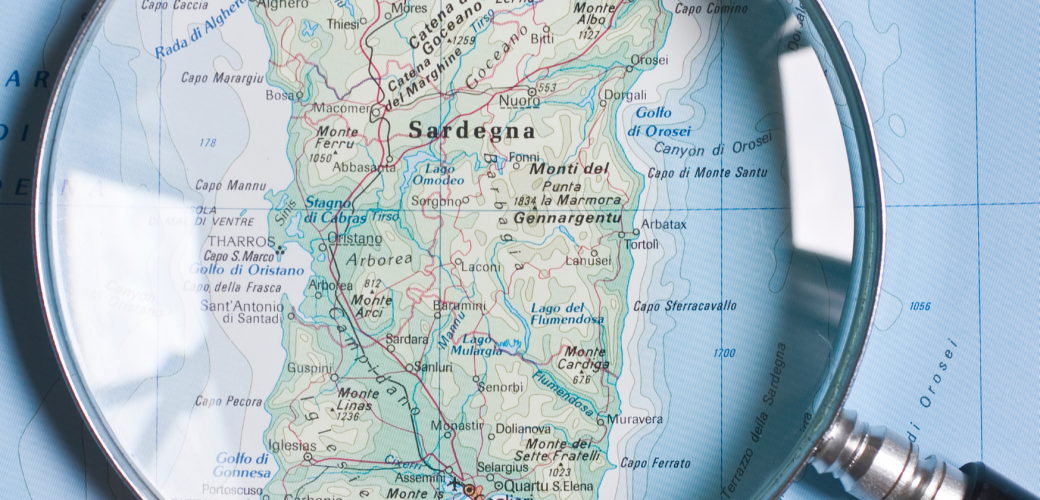Blue Zones: source of knowledge on health

Blue Zones: source of knowledge on health
Blue Zones are areas in the world where people are growing old in a healthy way, often without chronic disease and mental decline. The existence of these zones confirms the need to look more broadly at human health. Blue Zones provide important information about what makes us healthy and keeps us healthy.
The term Blue Zones was coined by Dan Buettner (2012), a National Geographic journalist who identified these places on earth, marked them on a world map using a blue felt-tip pen, as he was surprised by the good health and life expectancy of the local population.
Together with a team of experts, Buettner found that people living in these Blue Zones had much in common with respect to their lifestyle:
- Nutrition
The population in these areas lives on a largely plant-based diet with little animal protein. In addtion, these people tend to stop eating when they feel satisfied, rather than to continue eating beyond this point.’ - Physical activity
These people lead physically active daily lives, until a ripe old age, without going to gyms or using pedometers. - Meaningfulness
They feel their lives and activities are meaningful and they remain active well into old age. Concepts as retirement and not working anymore are largely absent, although people do take it slow, after a certain age. - Social embeddedness
All people are part of the local community. This can be a village, an extended family or a spiritual community, but most importantly, they are not lonely.
Buettner found Blue Zones in Okinawa (Japan), Loma Linda (California), Nicoya (Costa Rica), Ikiria (Greece) and Sardinia (Italy).